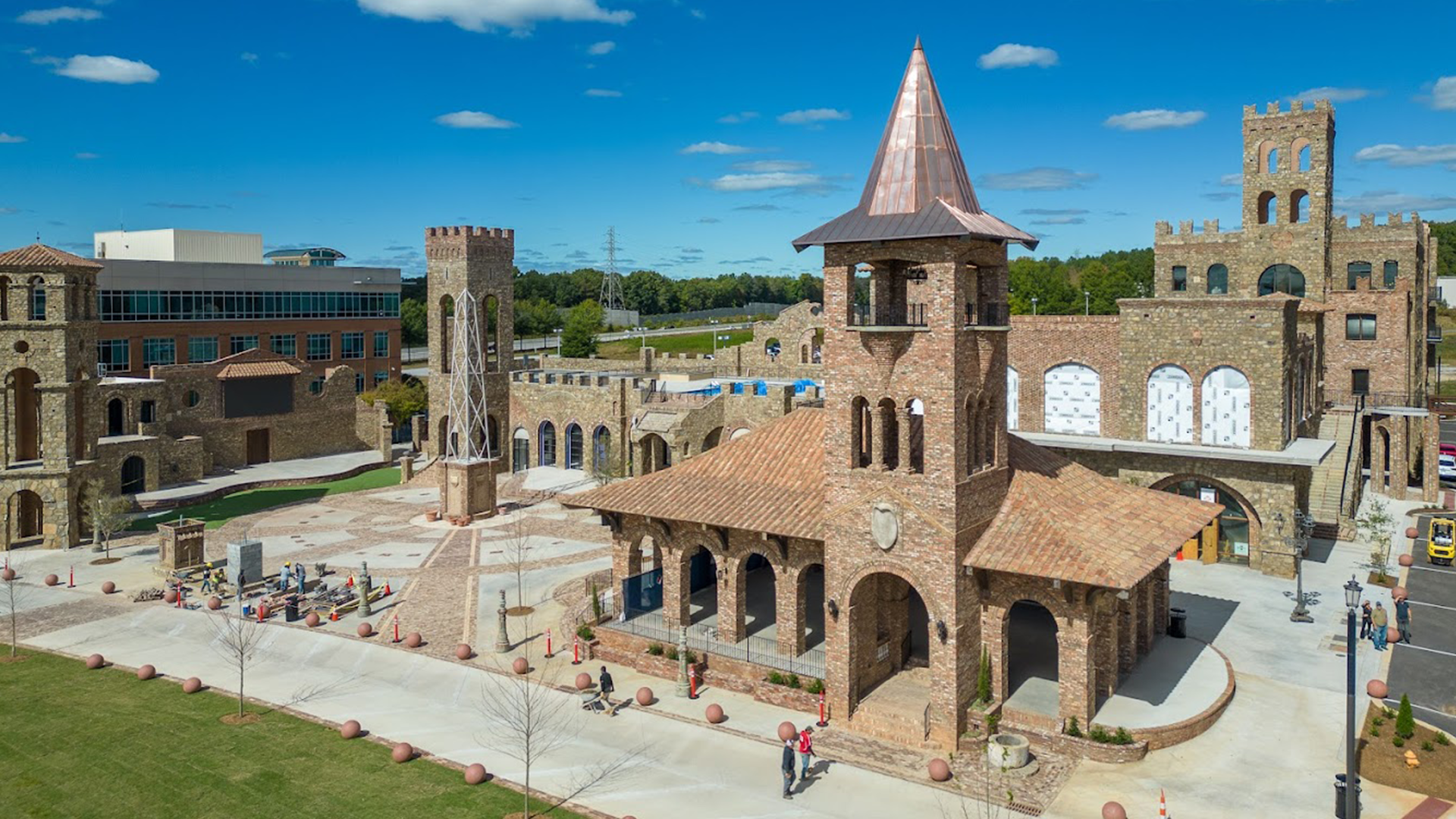Managing construction projects can be overwhelming—between juggling multiple teams, tracking supplies, meeting tight deadlines, and staying within budget, it’s easy for things to get chaotic. The good news? Construction software has come a long way, and there are now tools designed to help you simplify these processes and streamline your operations.
But how do you integrate software into your construction workflows without causing more headaches? Here’s a simple, step-by-step guide to help you integrate construction software seamlessly into your operations and make your projects run more smoothly.
1. Identify Which Parts of Your Construction Workflow Need Help
Before diving into software, take a step back and assess where your workflow tends to get messy or inefficient. Key areas in construction that can benefit from software integration include:
- Project Management: Managing deadlines, tasks, and resources can quickly become overwhelming. The right software can centralize everything, providing real-time updates and helping your team stay aligned.
- Communication: Miscommunication between the field and office is a common issue. Software bridges that gap, ensuring that everyone receives up-to-date information instantly.
- Inventory & Supply Tracking: Managing materials, tools, and deliveries can be a logistical nightmare. With software, you can track everything and avoid costly delays or errors.
- Budgeting & Cost Management: Controlling costs and avoiding overspending are ongoing challenges. With the right tools, you can automate cost tracking and receive real-time insights into your budget status.
Identify which part of your workflow needs improvement, and that’s where you should start integrating software.
2. Choose the Right Software for Your Needs
Now that you know where your challenges lie, it’s time to pick the software that best fits your construction business needs. Here are some types of software to consider:
- Project Management Tools: These tools help manage timelines, tasks, and project details in one centralized platform.
- Communication Tools: Real-time messaging and document sharing software help streamline communication between teams on-site and in the office.
- Accounting & Budgeting Software: Helps manage project costs, track expenses, and forecast financial outcomes.
- Inventory Management Systems: Ensures you stay on top of materials, deliveries, and tools, reducing waste and shortages.
Choose software that is flexible enough to integrate with your current systems and grow with your business. Scalability is key.
3. Train Your Team (And Don’t Skip This Step)
The software is only effective if your team knows how to use it. Once you’ve chosen your tools, ensure that your team is trained and comfortable with them. Here’s how to make training as effective as possible:
- Start with Key Players: Begin by training your project managers and team leads. They will play a pivotal role in spreading knowledge and providing ongoing support.
- Make It Hands-On: Allow your team to experiment with the software in real-world scenarios to help them get accustomed to the tools they’ll use every day.
- Offer Ongoing Support: Training shouldn’t be a one-off event. Regular check-ins and continuous support will ensure your team remains confident and capable of using the software.
The more comfortable and confident your team feels, the more efficiently your construction projects will run.
4. Ensure Everything Integrates Seamlessly
One of the most frustrating problems with adopting new software is when tools don’t communicate with each other. Make sure the software you choose integrates with your existing systems.
For example, your project management software should sync with your accounting software to avoid redundant data entry. Look for API integrations that allow the different tools to communicate with each other and avoid errors or data duplication.
A seamless integration between your software systems can dramatically improve your efficiency and reduce the chances of costly mistakes.
5. Monitor Your Progress and Adjust as Needed
Once your software is in place and your team is trained, it’s time to start tracking how well things are working. Are you hitting your project deadlines? Is communication improving? Are you staying on track with your budget?
Regularly track your key performance indicators (KPIs) to ensure everything is running smoothly. Gather feedback from your team and be open to making adjustments. Software integration is a continuous process of learning and refining.
6. Embrace Continuous Improvement
The integration of construction software is just the beginning. As technology continues to evolve, so should your systems. Keep an eye on emerging trends and look for new tools or features that could further optimize your workflows.
By staying up-to-date with the latest in construction technology, you can continuously improve efficiency and ensure your projects are more successful, on time, and on budget.
Conclusion: Seamless Software Integration for a Smoother Workflow
Integrating construction software into your workflows doesn’t have to be overwhelming. By identifying key areas for improvement, choosing the right tools, properly training your team, ensuring software integration, and tracking your progress, you’ll be on your way to a more efficient, streamlined construction operation.
At Xeratec, we specialize in helping construction companies like yours integrate the right software solutions to enhance productivity, streamline operations, and ensure project success. Ready to learn how we can help optimize your workflows? Let’s talk today!





